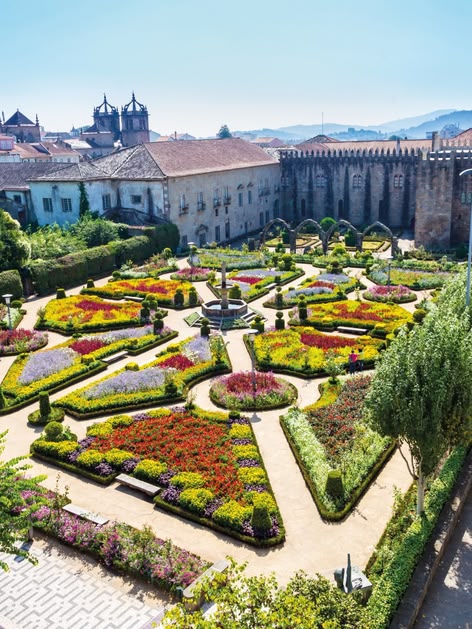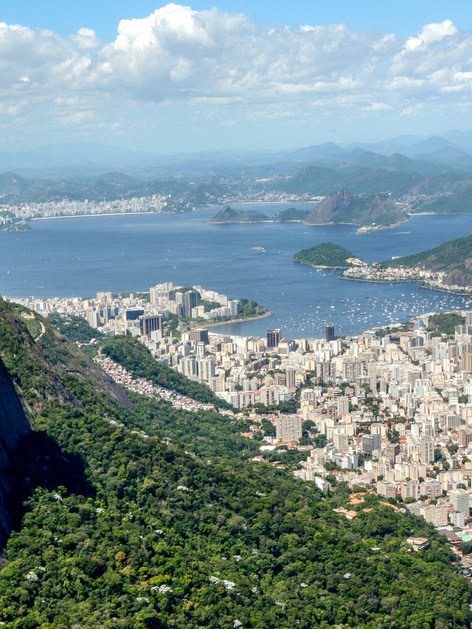Portuguese Learning Abroad
Study Portuguese, gateway to vibrant, cross-continental cultures!
Portuguese, spoken by over 260 million people globally, serves as a bridge to diverse communities and cultures. It opens doors to exchanges covering the globe, from the sun-kissed beaches of Brazil to the quaint cobblestone streets of Portugal, allowing you to hugely broaden your multicultural understanding and forge meaningful connections across the world.
Our programs at Languages Abroad go beyond language proficiency; they immerse you in the Portuguese-speaking world. Every lesson is a step towards fluency, and every cultural interaction deepens your appreciation for the unique traditions and contemporary rhythms of Lusophone countries.
At Languages Abroad, we are dedicated to helping each student achieve their aspirations, whether aiming to broaden their educational background or enhance their career prospects. With our programs we prepare you to integrate seamlessly into your university of choice or the arena of international business.
Discover the world with Portuguese. Make a start at Languages Abroad today!
Our Path to Portuguese Fluency
Find your level
Complete beginner or advanced student?
All proficiency levels from A1 to C1 are welcome to start a course with us!
Find your aims
We offer a range of standard, intensive and private language courses for university, business and exam preparation.
Find your home
Immerse yourself culturally with homestay options or enjoy the freedom of self-catering accommodations.
Find your future
Your new, hard-earned language skills will open new doors as you discover the next steps on your journey.
Testimonials: Live & Learn Portuguese
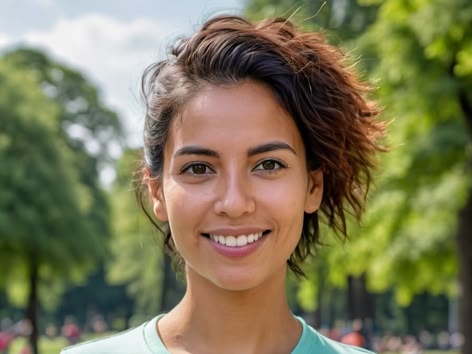
"My experience was really good! I learned a lot in a month and met new friends from all over the world. Everyone at the school was really nice and the women where I lived was very kind and caring! Don't be afraid and just do it. You will meet new people, make new friends and you would like to stay longer!
I received the pre-departure information at the last minute, but in general, everything was good. My room was comfortable and the lady I lived with also spoke French and English so we were able to understand each other. The teachers were really good. We learned a lot in one month. We were only 4 in my class and it was perfect."
(Isabelle, age 25)
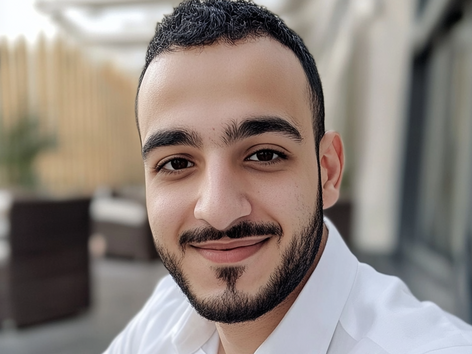
"I am very happy for the service that Languages Abroad offered to me. I was very comfortable in the host family were I stayed in Faro, Portugal. The school was also very lovely. The teachers were good teachers that were there to help you learn Portuguese correctly. Thank you Languages Abroad.
The services that Languages Abroad offered to me were extremely good. The staff helped me complete a long time goal that I wanted to complete which was learn Portuguese. The accommodation was superb, I was thankful that where I lived was not so far from school. My advice to any future students wanting to attend a Languages Abroad program, I will say go for it and do it you would not regret it."
(Jorge, age 27)
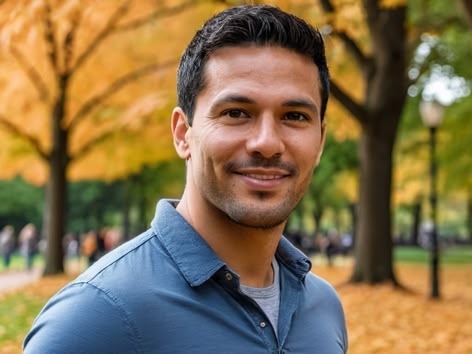
"One of the best language programs I have participated in.
The school is very well organized and the classes right on target. The teaching material is superb and makes learning easy and fun.
The staff at the Languages Abroad was very attentive. It made booking the trip easy and secure. Staying with the host family is one of the best ways to understand the culture of the country. Languages Abroad has selected the best school for the location!"
(David, age 39)
Best Podcasts to Learn Portuguese
1. PortuguesePod101 - by Innovative Language
Portuguese Level: Beginner to Intermediate
- Wide variety of audio and video lessons on everyday topics like greetings, food, travel, and culture
- Clear pronunciation, with English explanations and grammar breakdowns
- Lessons typically run 5 to 15 minutes, ideal for consistent daily learning
- Includes bonus materials like flashcards, transcripts, and quizzes
Perfect for: Learners who want a structured, on-the-go approach with cultural context and flexible learning tools.
2. Practice Portuguese - by Rui and Joel
Portuguese Level: Beginner to Intermediate
- Created by a Portuguese-Canadian duo focused on European Portuguese
- Short, engaging dialogues featuring real-life vocabulary and natural speech
- Website includes interactive transcripts and pronunciation practice tools
- Covers both formal and informal usage with a fun, relaxed tone
Perfect for: Learners looking to master European Portuguese in a supportive and user-friendly environment.
3. Portuguese Lab Podcast - by Susana Morais
Portuguese Level: Intermediate to Advanced
- Focuses on listening comprehension through stories, dialogues, and language tips
- Lessons are fully in Portuguese, helping immerse learners in authentic speech
Perfect for: Learners who want to build fluency through immersive, native-level listening with structured support.
Portuguese in the Professional Landscape
Proficiency in Portuguese is increasingly important in the realms of international business, academia, and diplomacy, especially within the growing markets of Brazil and other Lusophone countries. A wide array of international firms and diplomatic missions prioritize candidates who are proficient in Portuguese to streamline communications and strengthen partnerships within these dynamic markets. This skill enhances cross-cultural interactions, promoting global collaboration and enriching professional networks. Proficiency in Portuguese not only bolsters career prospects but is also pivotal for advancing in competitive roles, penetrating new markets, or leading discussions on international stages.Cultural and Educational Advantages
Portuguese acts as a gateway to a diverse spectrum of cultural expressions, from the evocative rhythms of Brazilian samba to the profound literary traditions of Portugal. Immersing yourself in this content through the Portuguese language enriches your understanding of these vibrant cultures and enhances your global perspective. Moreover, mastering Portuguese provides access to prestigious educational institutions in both Brazil and Portugal, known for their excellence in various academic disciplines. Investing in your Portuguese skills not only broadens your cultural and intellectual horizons but also equips you with a unique tool for personal and professional growth, enabling you to excel in our interconnected global community.

Master the Basics
In the pursuit of language mastery, starting with a firm grasp of the basics is paramount. Establishing a strong foundation in grammar, vocabulary, and pronunciation lays the groundwork for more advanced learning and attaining fluency.Utilize Technology
Tools such as AI chatbots and language learning apps can provide structured lessons, supplement learning and highlight specific weaknesses in your English ability.Practice Speaking
Active participation in speaking, despite initial discomfort or fear of making mistakes, is crucial for language growth. Seeking out opportunities for conversation facilitates real-world application and is the quickest way to boost confidence. Soliciting feedback from peers, tutors, or language instructors will also offer valuable insights and strategies for improvement.Write to Improve
Embracing writing as a means of practice and self-expression further solidifies language skills and reinforces grammatical structures and vocabulary usage.Expand Vocabulary
Regular exposure to new words and phrases, whether through reading, listening, or vocabulary exercises, broadens linguistic proficiency and enhances expressive capabilities. Similarly, honing listening skills through exposure to podcasts, audiobooks, and news broadcasts sharpens comprehension abilities and acustoms learners to diverse accents and speech patterns.Set Goals
Setting achievable language learning goals serves as a roadmap for progress and provides a sense of direction and purpose. Tracking milestones and celebrating small victories along the way serves as a source of motivation and encouragement to stay committed to the learning journey.
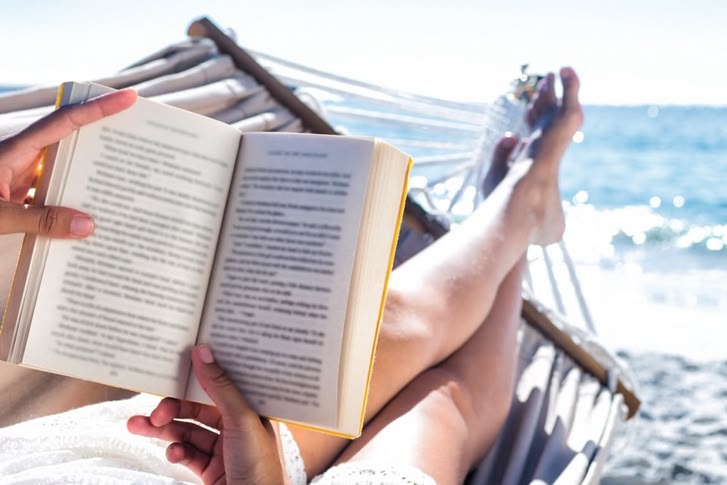
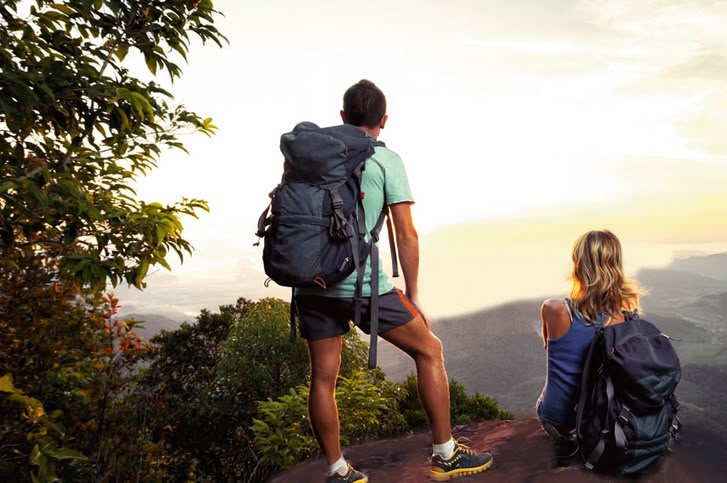
FAQs about learning Portuguese abroad
Yes, learning Portuguese as a complete beginner is absolutely possible! Portuguese is a phonetic language with relatively straightforward grammar, making it approachable for beginners. Start by learning the basics, such as common vocabulary, greetings, and essential phrases.
Focus on mastering pronunciation, especially the differences between European and Brazilian Portuguese, as each has distinct sounds and accents. Enroll in a beginner-friendly language course or use apps like Duolingo or Memrise to build a strong foundation.
Immersion is key-listen to Portuguese music, watch TV shows or movies, and practice speaking with native speakers or language exchange partners. Dedicate time daily to practicing vocabulary, sentence structures, and listening comprehension.
With consistent effort and the right resources, you can make steady progress and enjoy learning Portuguese from the very beginning!
While 3 months may not be enough to achieve full fluency in Portuguese, it's certainly possible to build a solid foundation and reach a conversational level. With consistent effort, you can learn basic grammar, essential vocabulary, and common phrases, allowing you to handle everyday interactions and simple conversations.
To maximize progress:
- Enroll in an Intensive Course: Focus on speaking, listening, and grammar.
- Practice Daily: Dedicate time to studying vocabulary, practicing pronunciation, and reviewing grammar rules.
- Immerse Yourself: Watch Portuguese TV shows, listen to music or podcasts, and engage with native speakers to build confidence.
- Focus on Practical Phrases: Learn expressions commonly used in daily conversations.
By the end of 3 months, you can expect to reach an A1 or A2 level, enabling you to communicate effectively in basic situations. Consistency and dedication are key to success!
Contact us
We're here to help you on your Portuguese language learning journey!
Questions about our courses? Need assistance with enrollment? Interested in finding out more about our programs?
Our friendly team is more than willing to assist you.
Contact us by clicking the link below and filling out our contact form.
We promise a prompt and helpful response to all your inquiries.

